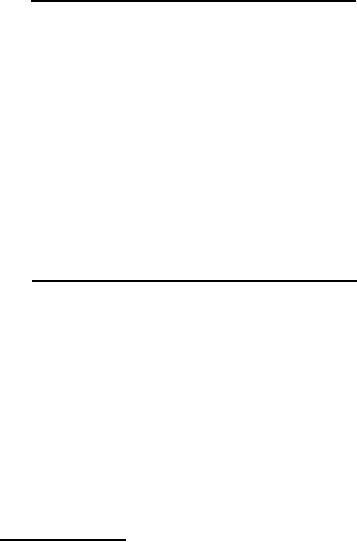 |
|||
|
|
|||
| ||||||||||
|
|  MIL-P-85121(AS)
(b) Torque and axial load (MARK 13 MOD 0). The sample body assemblies
{Drawing 1350781) shall be tested as follows:
Subject the body assembly to a compressive axial load at a
(1)
minimum rate of 0.25 0.05 inch per minute to 8,000 pounds
minimum. (Crushing of the nose end of the adapter shall not
be cause for rejection.)
(2) Clamp the body assembly in a suitable fixture and subject
the contacting areas of the body and adapter to 2,500 inch-
pounds torque. (The adapter cavity may be plugged in order
to prevent distortion of the adapter when clamped in the fix-
ture. ) (See 6.3.1.)
The body assembly shall meet the requirements of 3.5.3(b).
(c) Torque and axial load (MARK 14 MOD 0). The sample projectile
assemblies (Drawing 1381197) shall be tested as follows:
(1) Subject the projectile to a compressive axial load at a rate
of 0.25 0.05 inch per minute to 6,000 pounds minimum.
(Crushing of the windshield shall not be cause for reject ion.)
(2) Clamp the projectile in a suitable fixture and subject the con-
tacting area of the body and the windshield to 1,000 inch-
pounds torque. (The nose end of the windshield on test pro-
jectiles may be modified to facilitate application of test loads.)
(See 6.3.1.)
The projectiles shall meet the requirements of 3.5.3(c).
4.6.2.1 Band tightness. Sample projectiles shall be tested using Government-
furnished equipment Drawing B7259545). The sample shall be cycled through
the tester to determine compliance with 3.5.4. The total measurement of radial
void (band looseness) registers on the test indicator at final ram pressure, and
shall be divided by four (number of indenters) to determine the average radial
void. If two or more units of the sample have an average radial void between
the seated band and the band seat greater than 0.004 inch, the lot shall be rejected.
If one unit of the sample has an average radial void greater than 0.004 inch, a
second sample consisting of the same number of units as specified for the first
sample shall be tested. If, in the accumulated samples, two or more units have
an average radial void greater than 0.004 inch, the lot shall be rejected.
12
|
|
Privacy Statement - Press Release - Copyright Information. - Contact Us |